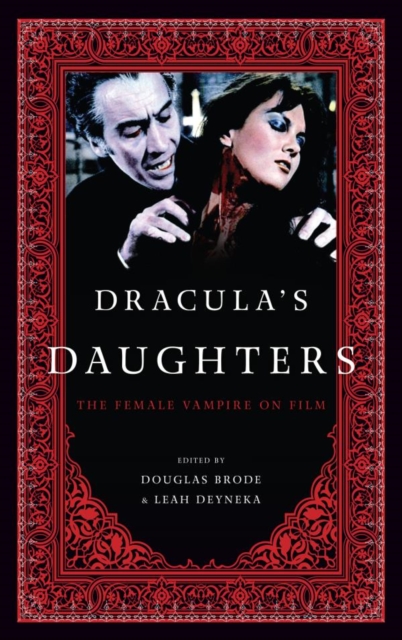
Dracula's Daughters
Available
Almost as long as cinema has existed, vampires have appeared on screen. Symbolizing an unholy union between sex and death, the vampire—male or female—has represented the libido, a “repressed force” that consumed its victims. Early iconic representations of male vampires were seen in Nosferatu (1922) and Dracula (1931), but not until Dracula’s Daughter in 1936 did a female “sex vampire” assume the ...
Read more
E-book
pdf
Price
67.50 £
Almost as long as cinema has existed, vampires have appeared on screen. Symbolizing an unholy union between sex and death, the vampire—male or female—has represented the libido, a “repressed force” that consumed its victims. Early iconic representations of male vampires were seen in Nosferatu (1922) and Dracula (1931), but not until Dracula’s Daughter in 1936 did a female “sex vampire” assume the ...
Read more